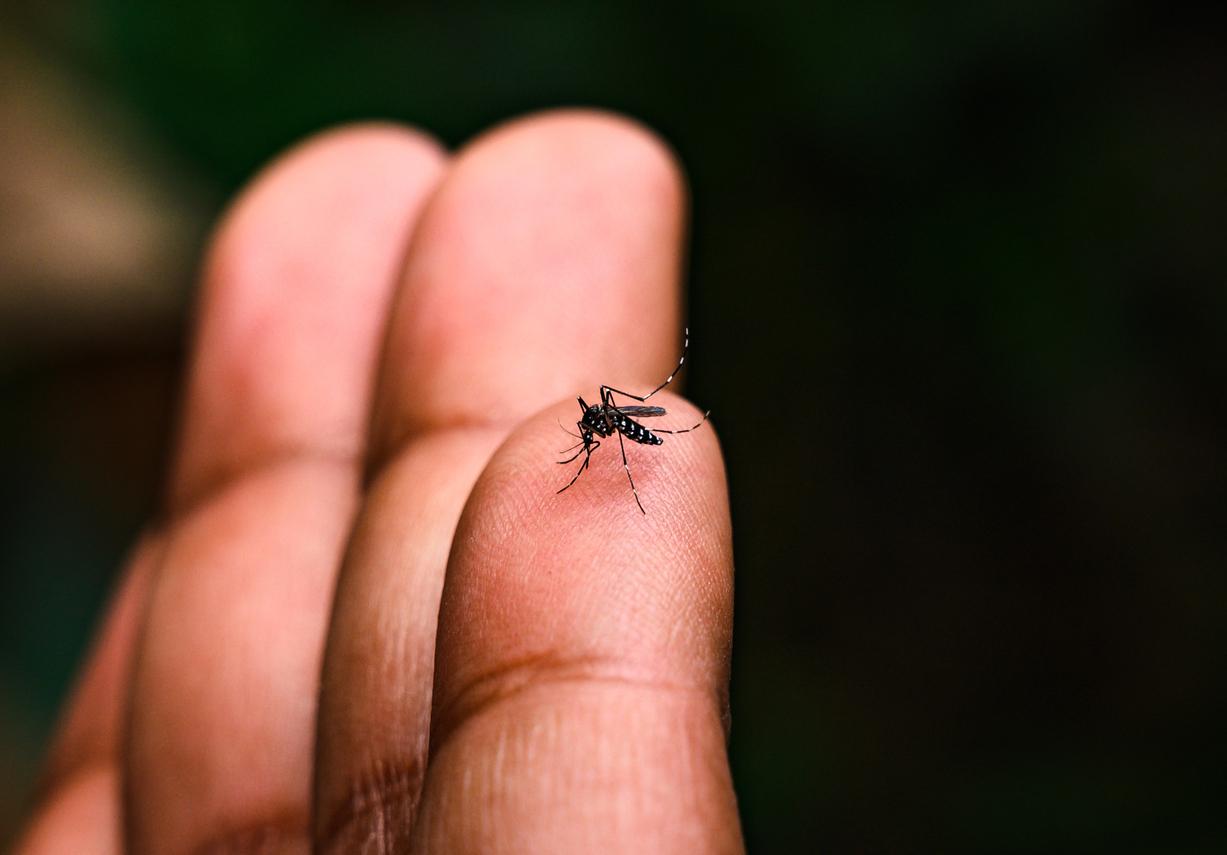Do you live in a risk area? The association Robin Hood is interested in the issue of pollution in our country, by publishing a “Atlas of toxic France“, according to information from Parisian. The association thus draws up 35 maps which identify various environmental hazards: air pollution, radioactive waste, pollution of rivers or even bacteriological and viral risks. The prize list goes to Marseille, Lyon and Paris but the association reveals that many other regions are highly polluted.
Fine particles, radioactivity and sensitive sites
In the air pollution category, the city of Marseille is the worst student with an annual average concentration of fine particles of 31 micrograms per cubic meter (against 29.5 in Lyon and 27 in Paris). These three cities exceed the recommendations of the World Health Organization (WHO), set at 20 micrograms per cubic meter. As for sensitive or dangerous sites, Lyon holds the prize with 68 risk sites (including 3 classified “Seveso”). Marseille follows closely with 52 sensitive sites (including 2 classified “Seveso”). The capital, for its part, can boast of the absence of a sensitive site in its agglomeration, but is not left out in terms of radioactive waste. Because, even if Paris has no nuclear power plant in its perimeter, it is close to 35 storage centers for radioactive waste, whether it is hospitals, research centers or industries. Lyon and Marseille are tied on this criterion, each with 14 centers.
What health risks ?
Faced with this observation and the multiplication of sources of pollution, should we be worried about our health? “Standards and controls have evolved a lot and yesterday’s lead pollution or mercury, very deadly, hardly exist any more“reassures the former Minister of Ecology Chantal Jouanno in the columns of the Parisian.”On the other hand, the French are always more numerous to be exposed to new pollution such as fine particles.“she adds. If this atmospheric pollution is very present in the city, the countryside is unfortunately not left out, in particular because of pollution linked to agricultural activities, such as pesticide contamination. “When we tell them that it is useless to look for a paradise that does not exist, people are terribly disappointed, but we are not going to delude them“explains Jacky Bonnemains, president of the Robin des Bois association, interviewed by Le Parisien.”The idea is not to scare them away but to give them the information to enable them to act locally.“he concludes.
>> To read also:
Radioactivity: Alpine soils still contaminated by Chernobyl
Indoor air pollution: who are the first victims?
Radioactivity: at what dose do the risks appear?
Nuclear risk: iodine tablets distributed to the population from 2016


















